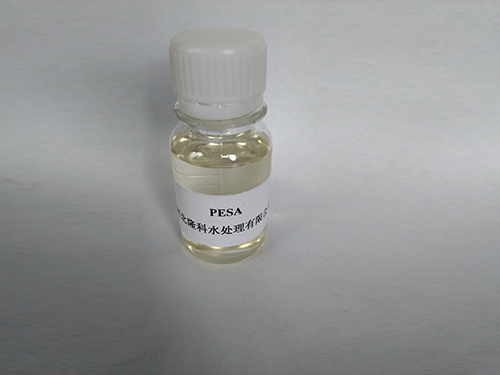Understanding Coagulants and Flocculants for Water Treatment Applications
The Role of Coagulants and Flocculants in Water Treatment
Water is an essential resource for life, and its quality directly affects human health, ecosystems, and economic development. The treatment of water, particularly in municipal and industrial settings, often involves the use of chemicals known as coagulants and flocculants. These agents play a crucial role in ensuring that water is safe for consumption and suitable for various uses. This article explores the functions, mechanisms, and importance of coagulants and flocculants in the water treatment process.
Understanding Coagulants
Coagulants are chemical substances that promote the aggregation of suspended particles in a liquid. This process, known as coagulation, involves neutralizing the charges on particles, allowing them to clump together and form larger aggregates called flocs. Common coagulants include aluminum sulfate (alum), ferric chloride, and polyaluminum chloride. The choice of coagulant often depends on the water quality and the specific contaminants present.
When water enters a treatment facility, it usually contains various impurities such as silt, organic matter, bacteria, and chemicals. These impurities often carry negative charges that repel one another, preventing them from clustering. Coagulants introduce positive charges to the water, neutralizing the negative charges of the particles. This encourages the particles to bond together, forming larger aggregates that can be more easily removed from the water.
The Flocculation Process
Flocculation follows coagulation and involves gently mixing the water to facilitate the growth of larger flocs that can settle out of the water body. Flocculants are substances that enhance this process, often made of long-chain polymers that increase the size and weight of the aggregates formed during coagulation. Flocculants can be natural, like starches or polysaccharides, or synthetic, such as polyacrylamides.
The action of flocculants results in the formation of more robust and larger flocs, which are easier to remove through sedimentation or filtration. The effectiveness of the flocculation process is enhanced by careful control of the mixing speed and the timing of the addition of flocculants. This stage is critical, as it ensures the aggregates are large enough to settle out but not so large that they break apart during the process.
coagulants and flocculants

Importance in Water Treatment
The combined use of coagulants and flocculants significantly improves the efficiency of water treatment processes. By removing suspended solids and colloidal materials, these agents reduce turbidity and help eliminate pathogens and harmful substances from the water. This is particularly vital in drinking water treatment, where health risks must be minimized.
Moreover, the use of coagulants and flocculants can also result in cost savings. Efficient removal of contaminants can reduce the load on downstream treatment processes, leading to lower operational costs and less overall chemical usage. Consequently, this makes water treatment facilities more sustainable and environmentally friendly.
Challenges and Considerations
While coagulants and flocculants are essential in water treatment, their use does come with challenges. The selection of the appropriate coagulant or flocculant requires a thorough understanding of the water chemistry and the specific contaminants present. Additionally, the management of residual chemicals after treatment is crucial, as some coagulants and flocculants can have environmental impacts if not properly handled.
Furthermore, emerging contaminants, such as microplastics and pharmaceuticals, pose new challenges in water treatment. Researchers are continually seeking innovative solutions and alternative agents to improve the efficacy of coagulation and flocculation processes in removing these less conventional contaminants.
Conclusion
Coagulants and flocculants are integral components of modern water treatment systems, providing essential functions that enhance water quality and safety. As the demand for clean water increases with population growth and industrial development, the role of these chemical agents will become increasingly important. Ongoing research and development will be vital to overcoming the challenges faced in water treatment, ensuring that coagulants and flocculants remain effective in safeguarding our water resources for future generations.
-
Water Treatment with Flocculant Water TreatmentNewsJun.12,2025
-
Polymaleic AnhydrideNewsJun.12,2025
-
Polyaspartic AcidNewsJun.12,2025
-
Enhance Industrial Processes with IsothiazolinonesNewsJun.12,2025
-
Enhance Industrial Processes with PBTCA SolutionsNewsJun.12,2025
-
Dodecyldimethylbenzylammonium Chloride SolutionsNewsJun.12,2025





